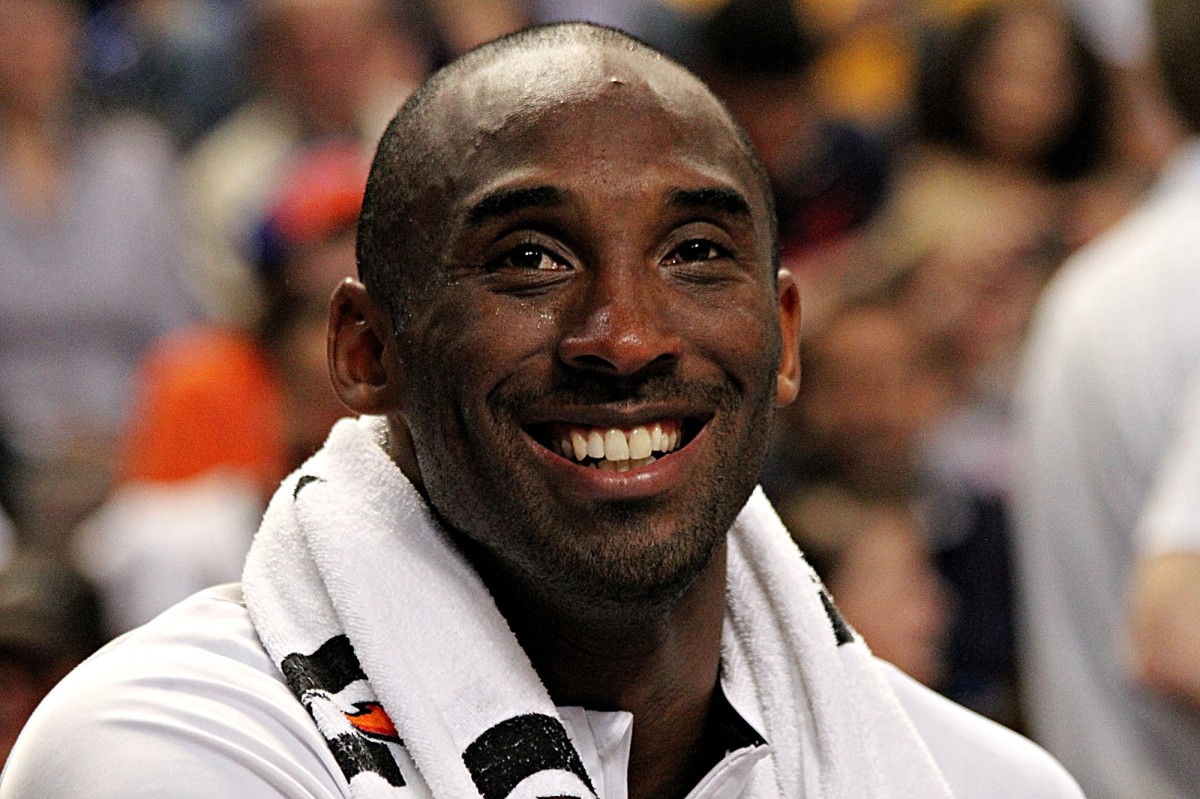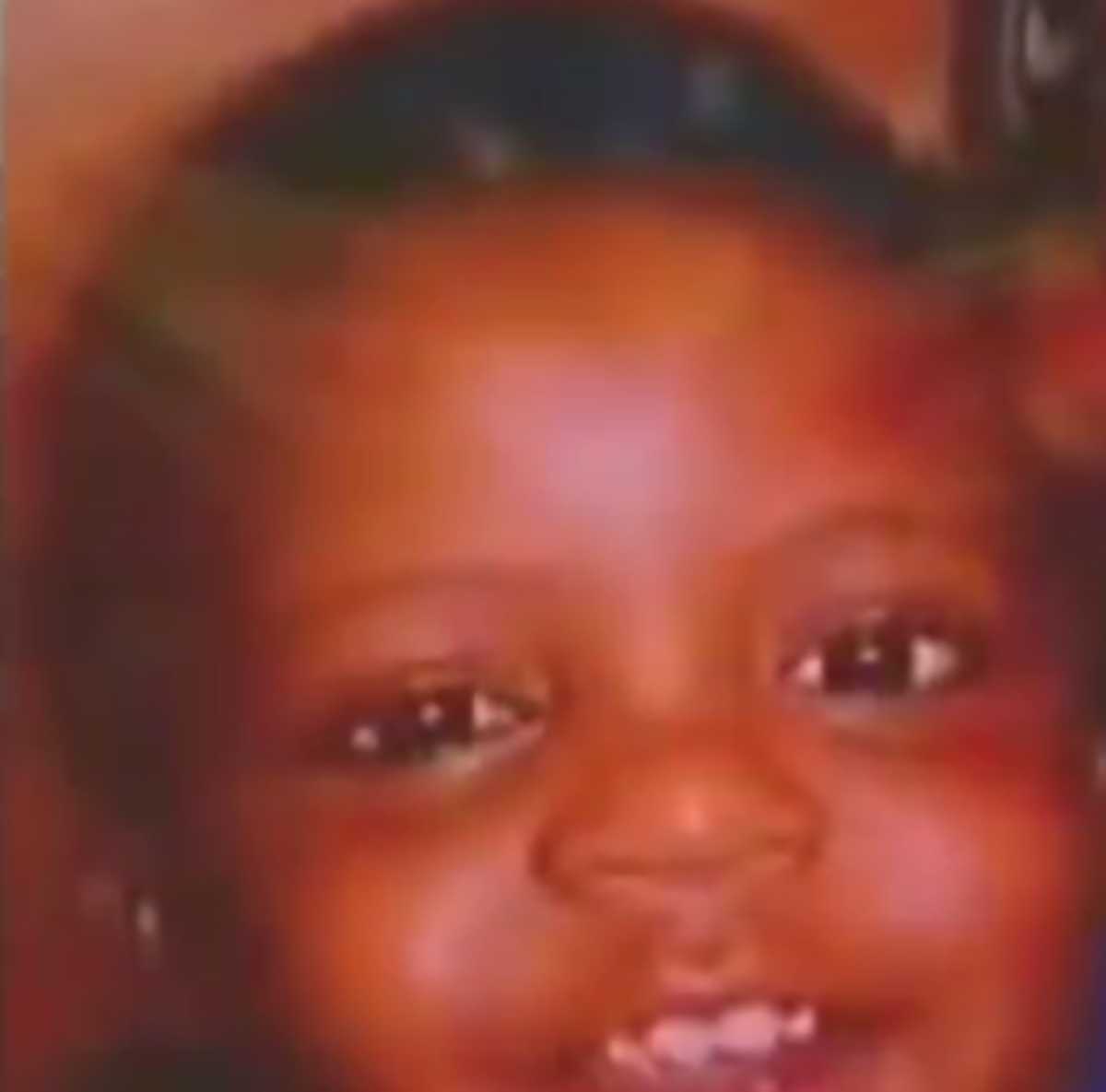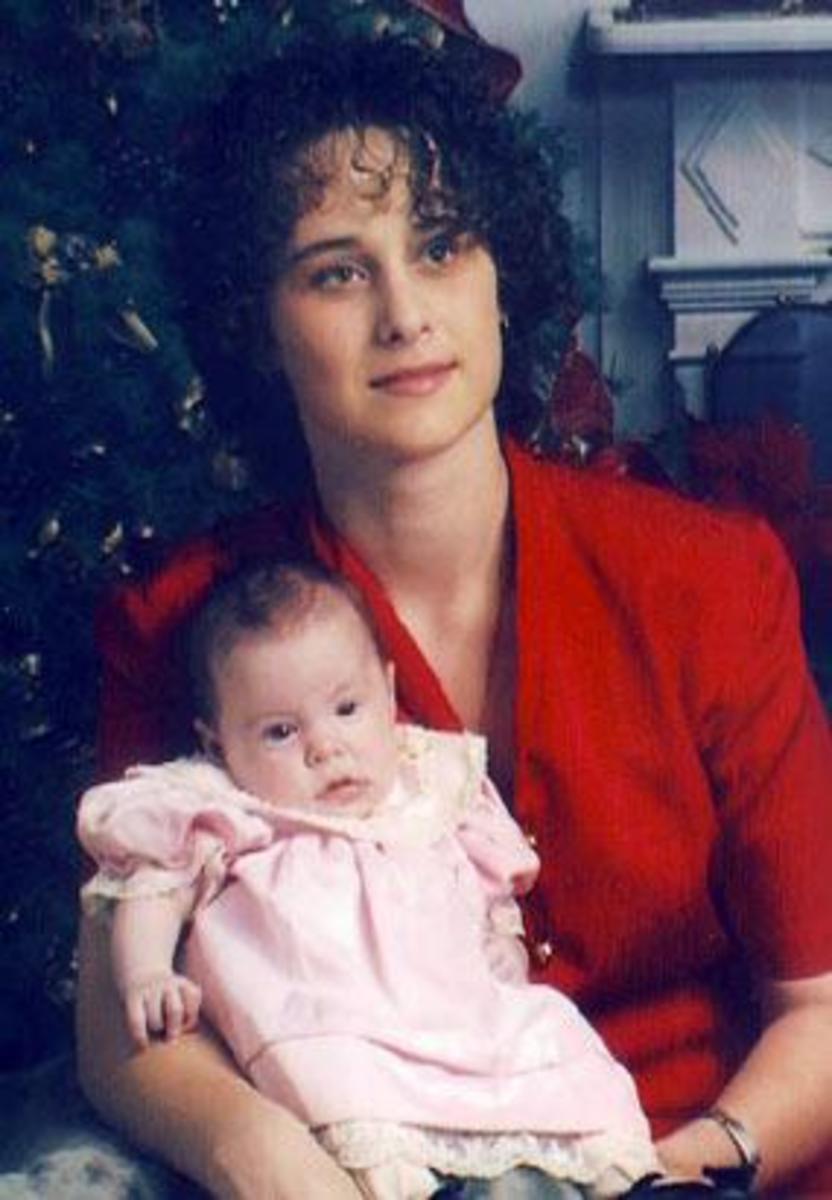What are we to believe?
The Current Course of Events
We live in a different kind of country after November 8, 2016. A new President occupies the Oval Office, a handful of new people have been appointed/confirmed to Cabinet posts, and what appears to be daily chaos happens in the present Administration. There’s a lot to concern us as U.S. citizens at this point in time, but no issue seems more important to me than the one highlighted in the lead article of TIME Magazine on April 3: “Is Truth Dead?”
Our new President has employed the mime of “fake news” over and over again. It seems anything that doesn’t affirm him gets labeled ‘fake’, and he also tweets out items of ‘fake news’ in hopes that the media and the public—all of us, or at least those who voted for him—will take our eyes off what is actually out there.
A biblical perspective
All this reminds me of two episodes recorded in the New Testament gospel of John. A brief encounter between Jesus and Pontius Pilate in John 18:38 produces a relevant question for all of us today: “What is truth?” A second narrative, found in chapter 9, verses 1-41, of that same gospel is much longer . . . and more prescient for our time.
The basic storyline
In that ninth chapter, Jesus and some of his friends are walking near the Temple in Jerusalem and come upon a man the evangelist tells us was blind from birth. From there the narrative develops in a simple straightforward manner. A question is raised about the cause of the man’s suffering: did he, or his parents, sin?
Jesus says neither is true. The man is blind so that people around him have the chance to see God’s goodness at work, and then he spits in the dirt, rubs some mud on the man’s eyes, and tells him to go wash in the Pool of Siloam, a traditional source of purifying water. The man does what he’s told, and is cured of his blindness.
Two responses to what occurred
But then the plot thickens, and what follows is a huge ‘fork in the road’ for the narrative. The man goes home and the debate starts among his neighbors. ‘Is this the one who used to be blind, and beg—or not?’ Some say ‘Yes, it’s him,’ but others say ‘No, it’s just someone who looks like him.’ So they take the cured man to the Pharisees for questioning.
Those church leaders doubt the healing as well, and condemn it on several counts: first, the supposed healing took place on the Sabbath; second, since his malady wasn’t life-threatening, there was no need to attempt an immediate cure; and third, this ‘Jesus’ fellow isn’t known to them in any authoritative sense, while they are disciples of Moses, who actually spoke to God, they claim. Then the Pharisees question the man’s parents, and their son a second time, with the same result. The story ends with the man’s expulsion from the synagogue.
Some Straight Talk
I said that the story ends there—except it doesn't. There’s a codicil that Jesus tacks on, and it’s the one element from John 9 that is crucial for us today, given our nation’s current state of affairs.
Notice that everything the healed man says throughout John’s narrative is simple and straight to the point:
‘I am the man.’ ‘[He] . . . made mud, spread it on my eyes, and said to me, “Go to Siloam and wash.” ‘I went and washed and received my sight.’
Even the man’s parents make similar declarative statements:
‘We know . . . this is our son, . . . he was born blind; but we do not know how it is that now he sees, . . . ‘Ask him; he is of age. He will speak for himself.’
All of their responses come at us like well-targeted arrows. They are short, simple and true to the facts.
A Different Response
But the responses of the neighbors and Pharisees are nothing like that:
They debate whether it’s even the same man. They ask twice how his eyes were opened. They conclude that he couldn’t possibly be from God and heal anyone, because he acted on the Sabbath.
They debate whether it’s even the same man.
They ask twice how his eyes were opened.
They conclude that he couldn’t possibly be from God and heal anyone, because he acted on the Sabbath [even though the episode took place during the Jewish fall festival of Sukkoth or Feast of Tabernacles, a time of celebration over divine care and compassion for God’s people, and a time when the Israelites were encouraged to perform similar acts of caring for others!]
They question the man’s parents as well, and declare themselves disciples of Moses. And in the end, they tell the man: “You were born entirely in sins, and are you trying to teach us? Surely we are not blind, are we?”
The Point of All This Is . . .
Yet, that’s just the point of the story, isn’t it! The blind man receives his sight, not just physical vision, but a gradual insight of faith in Jesus as God’s anointed one, while his neighbors and the Pharisees become more and more blind throughout this narrative.
They gradually become less sighted, less able to admit the truth of what lies right in front of them. Not only do they bend over backwards not to believe that this man and his parents are telling the truth about receiving his sight, but they actually become more and more blind as time goes on—not just blind to the truth of the man’s sighted condition, but blind to the truth that Jesus of Nazareth is capable of doing good works, accomplishing things in everyday life that reveal God’s grace and goodness.
A Metaphor from the Past
All this recalls for me a single line in one of the Marx brothers’ movies. Duck Soup was released by Paramount Pictures on November 17, 1933, and received tepid reviews by both critics and audiences. Only later did that film achieve cult status as one of the great comedic vehicles of all time, due to a single line of dialog.
The plot line is total nonsense. Groucho Marx plays an Italian ruler who tries to convince a rich widow to give him $20 million in order to finance a farcical war, but she rebuffs him. They’re in a hospital room or bedchamber at the time, and when Groucho leaves, the woman turns and starts to take off her robe. Just then, Chico Marx climbs out from under the bed, dressed exactly like Groucho’s character—complete with cigar.
The woman turns around startled, and says: “Your Excellency! I thought you'd left.” But Chico says in fractured English, “Oh, no, I no leave.” To which the woman replies, “But I saw you with my own eyes!”
And it’s then that Chico utters the one line from the film that’s become a classic:
“Well, who you gonna believe? Me or your own eyes?”
In later years, other comedians used that punch line too, but altered it just a bit: “Well, Who Ya Gonna Believe, Me Or Your Lyin’ Eyes?”
Our Challenge Today
That’s relevant for us today. Will we believe the facts, or only ‘alterative facts’ as Kellyanne Conway labeled the current President’s words? Will we stick to what is proven to be demonstrably true, or follow the next bright shiny object that’s flung out there for us to focus on, as if we were on a gun range and only shooting at clay pigeons?
In the end it comes down to this, today as much as in the first century. Do we believe what we see and hear, or is it all just ‘fake news’? And that’s no small matter, for our world is full of people just like the neighbors of that blind man and the Pharisees in that gospel reading from John 9, people who prefer to believe their own lyin’ eyes, rather than accept the truth.
A Modern-Day Parable
Wasn’t it just a little while ago, on March 10th of 2017 that someone spray-painted a synagogue wall in Seattle with the words, “HOLOCAU$T IS FAKE HI$TORY!” You see, people still have a choice of what to believe. They can admit truth as it comes to them, or they can refuse to believe what they see and hear and are told. They can become less sighted, and debate whether the problems of others should concern them at all, or if those needs are even real.
Here’s another way to look at all this. Just five days after that incident in Seattle, NBC television in Chicago interviewed Michael Bornstein, who at age 4 became one of the youngest prisoners ever to survive the Auschwitz death camp. He’s telling his story now, thanks to his daughter, seventy years and more after 1945—and he even displays for the cameras the tattoo on his arm, a mark that was too difficult for him to talk about for so many years.
Who are people to believe, then? Michael Bornstein and his tattoo, or that ugly spray-painted statement on a synagogue wall? It’s only one case in point—there are many more we could name—but it’s a perfect illustration for our purposes here.
So, Does All This Matter?
Truth matters. What is true is so crucial to our nation and our world now that we don’t dare allow it to be shot down or ridiculed. It’s time we all insist on hearing “the facts . . . just the facts” as Joe Friday used to say on a radio program of long ago. And remember, coming to the defense of what is true is everyone’s task and calling. It’s part of being a patriotic citizen.








